Peças Plásticas e Metálicas para Bebidas
Beverage Plastic metal parts are essential components used to make various types of containers, like bottles, cans, cups, caps, and closures. These parts are made from high-quality steel or aluminum alloys to handle the high pressures and temperatures involved in making beverage containers.
Usually, these plastic metal parts ensure high accuracy and consistency. They can be heated or cooled to reach the perfect temperature, which is often critical for producing beverage containers. When well-maintained, these parts can produce millions of containers over their lifetime.
The precision of these parts depends on their design, construction, and manufacturing quality, as well as the accuracy of the injection molding process. Because they need to be so accurate, regular inspections and skilled technicians who understand injection molding principles are essential.
In short, Beverage plastic metal parts are key to making high-quality beverage containers during the manufacturing process. They bring precision to almost every industry.
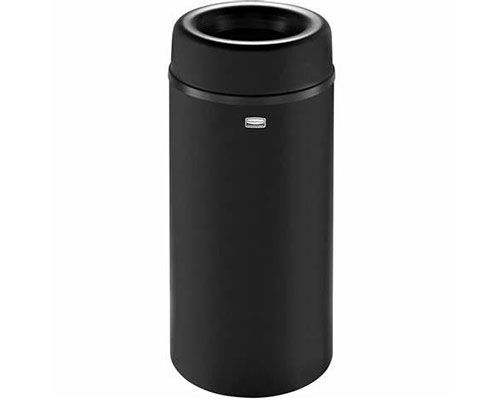
Peças de Bebida
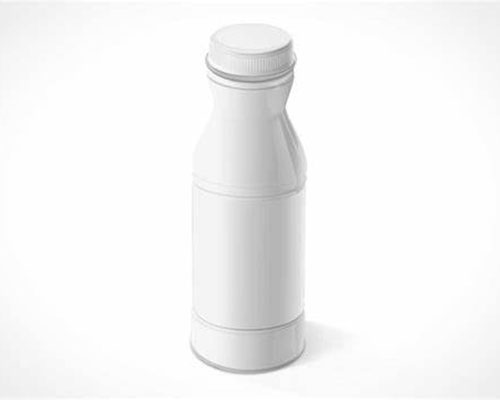
Peças de Bebida
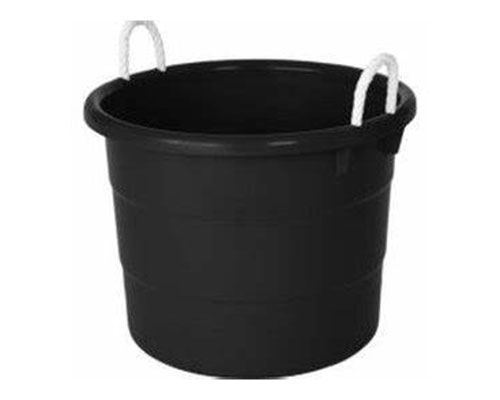
Peças de Bebida
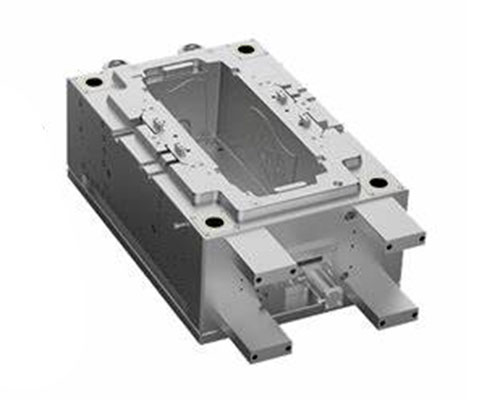
Beverage Parts Mould
Serviço de fabricação de peças plásticas e metálicas para bebidas
Be good at product structure optimization and greatly reduce the cost of Plastic Metal Parts custom solutions
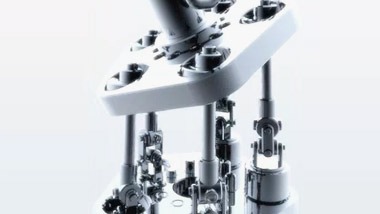
Design da peça
Design Estético e Estrutural
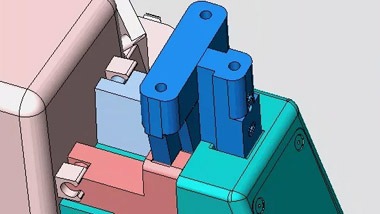
Fabricação de moldes
Design, Confirmação de Facilidade de Manufatura
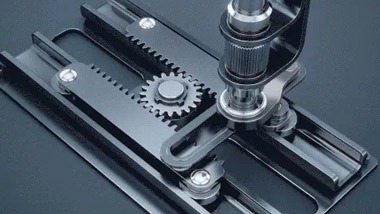
Produção de Produto
Imported, high-speed equipment
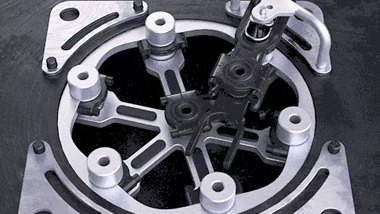
Montagem do Produto
Matéria-Prima, Inspeção e Montagem
As peças plásticas e metálicas são usadas na indústria de bebidas.
The beverage industry is all about staying ahead with the latest tech to make top-notch products that hit the spot for consumers. One game-changer in this field is using plastic metal parts, which are super handy for making a bunch of different drink containers like bottles, cans, and cups.
Plastic metal parts come into play big time when we talk about injection molding. This process involves shooting liquid plastic into a mold to shape it up just right. Once cooled down, what you get is a sturdy, perfectly formed container ready to roll. It's all about precision and getting those tricky shapes just perfect, which is key in the drinks business where looks matter a lot.
For the beverage world, this means creating everything from PET bottles to aluminum cans and even those fancy plastic cups we see everywhere. They're used to pack all sorts of drinks – think water, sodas, juices, and yes, even adult beverages. The beauty of injection molding here is its knack for producing high-quality, eye-catching containers that keep things consistent, making sure every sip feels the same.
And let's not forget, these containers can be shaped into any design you can dream of, thanks to plastic metal parts. That's a big deal since how a drink looks can really sway our choices at the store.
To whip up these amazing molds, manufacturers lean on some serious tech. They use fancy software and design magic to craft 3D models of the molds, then carve them out with pinpoint accuracy using CNC machines. It's like sculpting, but with robots.
Once the molds are ready, they jump into action in a speedy injection molding line, churning out loads of containers fast and efficiently. The plastic gets melted, shot into the mold under pressure, cools, solidifies, and voila! – a finished product pops out, good to go.
In short, plastic metal parts and injection molding are like best friends in the beverage biz. They help makers create premium, uniform containers that keep up with what shoppers want. In an ever-changing market, having these advanced manufacturing tricks up your sleeve is how you stay fresh and competitive.
FAQ About Beverage Plastic Metal Parts
Beverage containers often use a mix of materials to balance durability, cost, and safety. Common plastics include Polyethylene Terephthalate (PET) for bottles and High-Density Polyethylene (HDPE) for caps. Metals like aluminum are frequently used for cans due to their lightweight nature and recyclability. Stainless steel is also popular in certain applications requiring extra strength or corrosion resistance.
The choice between plastic and metal depends on several factors. If you're looking for something lightweight and transparent, plastic might be the way to go. On the other hand, if you need something more durable and resistant to environmental factors, metal could be better. Consider the type of beverage, shelf life, and how you plan to market your product. It’s all about finding the right balance for your specific needs.
Yes, there are several eco-friendly options available. For plastics, look for those made from recycled materials or that are biodegradable. Some companies are now using plant-based plastics as well. When it comes to metals, aluminum is highly recyclable and has a lower environmental impact compared to other metals. Opting for these materials can make your product more sustainable.
PET plastic is a great choice for beverage bottles because it’s lightweight, strong, and clear. This makes it ideal for showcasing the contents while keeping the bottle easy to handle and transport. Additionally, PET is recyclable, which helps reduce environmental impact. Its clarity and ability to withstand carbonation pressures make it perfect for soda and other fizzy drinks.
Aluminum is preferred for beverage cans because it’s lightweight yet strong enough to protect the contents. This means it doesn’t add much weight, making transportation more efficient and reducing costs. Aluminum is also highly resistant to corrosion, ensuring the drink stays fresh. Plus, it’s easily recyclable, which is a big plus for sustainability.
Yes, you can definitely recycle most beverage plastic and metal parts at home. Plastic bottles made from PET or HDPE usually have a recycling symbol with a number on it, indicating they’re recyclable. As for metal cans, they’re typically made from aluminum, which is very easy to recycle. Just make sure to clean them out before putting them in the recycling bin to avoid contamination.
To ensure the longevity of your beverage containers, store them in a cool, dry place away from direct sunlight. Avoid exposing them to extreme temperatures, as this can warp plastic or weaken metal seals. For plastic containers, regularly check for signs of wear or damage, such as cracks or discoloration. Metal parts should be kept free from rust by ensuring they’re properly sealed when not in use.
While most plastics used in beverage containers are considered safe, there are some concerns about chemicals like BPA leaching into the liquid. However, many manufacturers now use BPA-free plastics to address this issue. It’s always a good idea to check the label and opt for products that specify they are BPA-free. Additionally, avoiding microwaving plastic containers can help minimize potential risks.
One of the latest trends is the move towards more sustainable and lightweight materials. Companies are experimenting with biodegradable plastics and thinner aluminum cans to reduce waste and improve efficiency. There’s also a growing interest in smart packaging that includes features like QR codes for traceability or special coatings that enhance product freshness. These innovations aim to meet consumer demand for both convenience and environmental responsibility.
To determine if a beverage container is made from high-quality materials, look for certifications or labels indicating the type of plastic or metal used. High-quality plastics will often have a higher density and better clarity. For metals, check for smooth edges and a consistent finish without any pitting or rough spots. You can also perform simple tests like dropping the container lightly; high-quality materials tend to withstand minor impacts better.